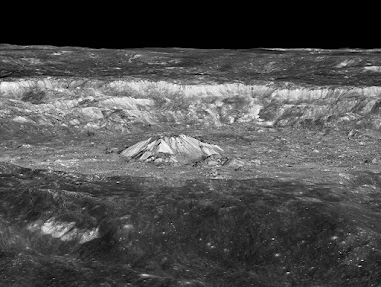Michael Butterworth's Complete Poems (linked to the image below) has been nominated for a Critters Workshop Readers Poll Award. Click HERE to vote in the poll.
My review of the book:
I
read this book incorrectly, and I am happy to say so. I began by skimming
through the pages, looking for poetry that was visually attractive, and this
naturally brought me to those poems of an experimental nature: superpositioned
parallel stanzas, sloping formations affecting the “progressions” of some
speaker’s conceptualization, organized groupings of “innocuous” typeface… The
most elaborate of these successful efforts is the curiously titled
“Circularization of Condensed Conventional Straight-line Word-image Structures
(Radial-planographic Condenses Word-image structures, Rotation about a Point)”.
Notwithstanding what some readers may call the “self-conscious excesses” of the
title, the production is intelligently and intelligibly structured—the presentation
of a minimalist travel narrative progressing across chronological, historical,
and conceptual dimensions; moreover, illustrated with radial diagrams
demonstrating the configurations of these multi-dimensional progressions.
Another experimental poem intriguingly titled “For Richard Kostelanetz” is (at
this point in my investigation) unintelligible, but it remains formally
inviting and, evidently, the product of a strict discipline and method. No
doubt meanings will emerge upon further study; indeed, it is a “museum
instillation” readers will want to repeatedly visit and consider, and discuss
with other visitors.
After exhausting the overtly (that is, visually) experimental pieces, I turned
to the front of the book and read through the poems that are more recognizably
“conventional”. I discovered many more conceptual pieces, but also I was
delighted to meet Butterworth’s gentle sensibility. Using few words,
Butterworth can evoke a strong sense of voice, narrative, and the “feel” of
emotional observations—which are thoughtful and measured. The effect is
immersive. The book does what I require most from a book of poetry: it puts me
in a "quiet sanctuary" where I can sit, feel stillness, think
carefully about the ephemeral nature of words and emotions.
The collection is divided into six chronological sections that reflect stages
in Butterworth’s life: 1965-1968, 1968-1975, 1975-1979, 1979-1989, 1989-2001,
2001-2020. This is perhaps the most sensible way to arrange the pieces, but
throughout the author’s career, the gentle voice is centrally present. This
voice is the true organizing principle, whatever he does. The author has led a
life with many challenges, conflicts and losses, but—and maybe
curiously—throughout these many disappointments and setbacks, Butterworth’s
poetry sustains a quiet place of thoughtfulness, gentle response, and
stillness.
At the front of the book are an Introduction (by critic and poet Jim Burns) and
a Preface by the author. Burns properly underscores the author’s versatility,
the terrific range of experiences and techniques that Butterworth employs—his
craft, his attention to detail. The author’s Preface introduces the
chronological sections, elaborating on many conflicted family situations,
on-edge escapades, business successes and failures (Butterworth was a
publisher, and he ran several bookstores in Manchester), arrests, courtroom
dramas, and political conflicts. Also, Butterworth was one of the many aspiring
idealistic writers who gathered with Michael Moorcock and pursued the British
New Wave. J. G. Ballard (the visionary), Brian Aldiss (the Oxbridge
intellectual) and Moorcock himself (the tireless tribal chieftain, guitar
slinger, and typewriter Fagin) are popularly (and properly) the stars of the
New Wave, but it was young writers like Butterworth who produced the truly
exquisite gems of innovation that are the legacy of this characteristically
1960s movement. And how forward-seeing that movement was! Butterworth’s
biography is fascinating, and it reveals the grist for Butterworth’s poetic
mill. Remarkably, as I’ve already described, the madcap character of this
biographical material is absent from the thoughtful and quiet poems that this
life inspired. I read the opening introductory pages last, happily.













































































